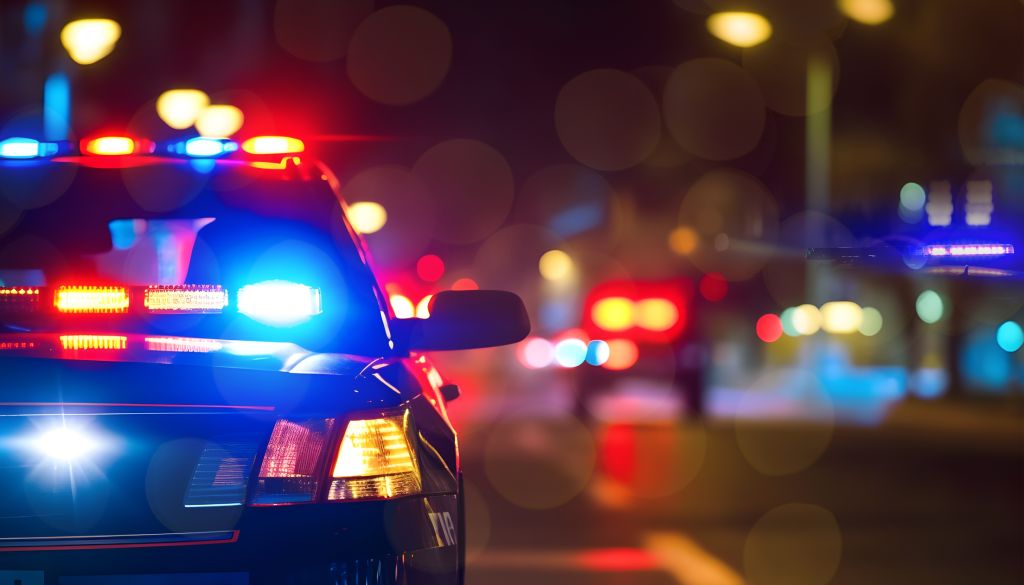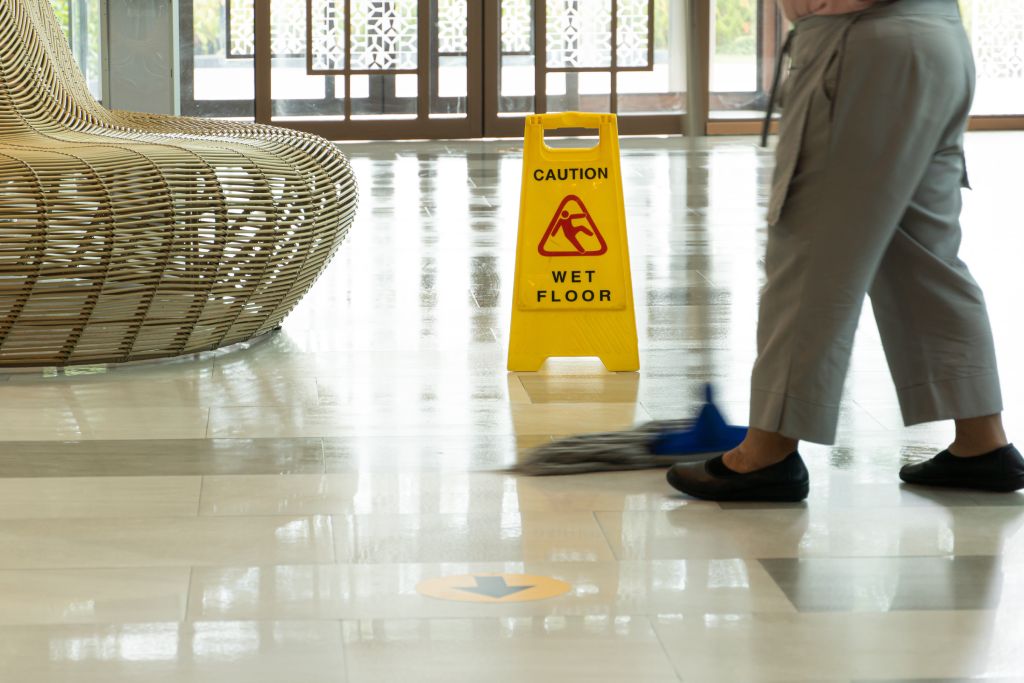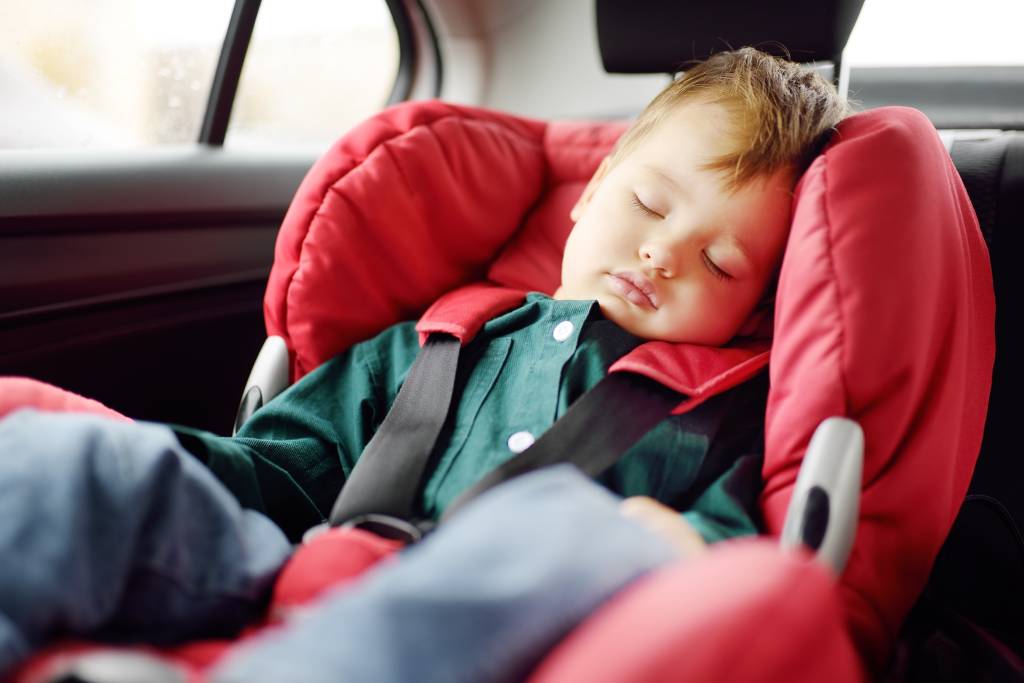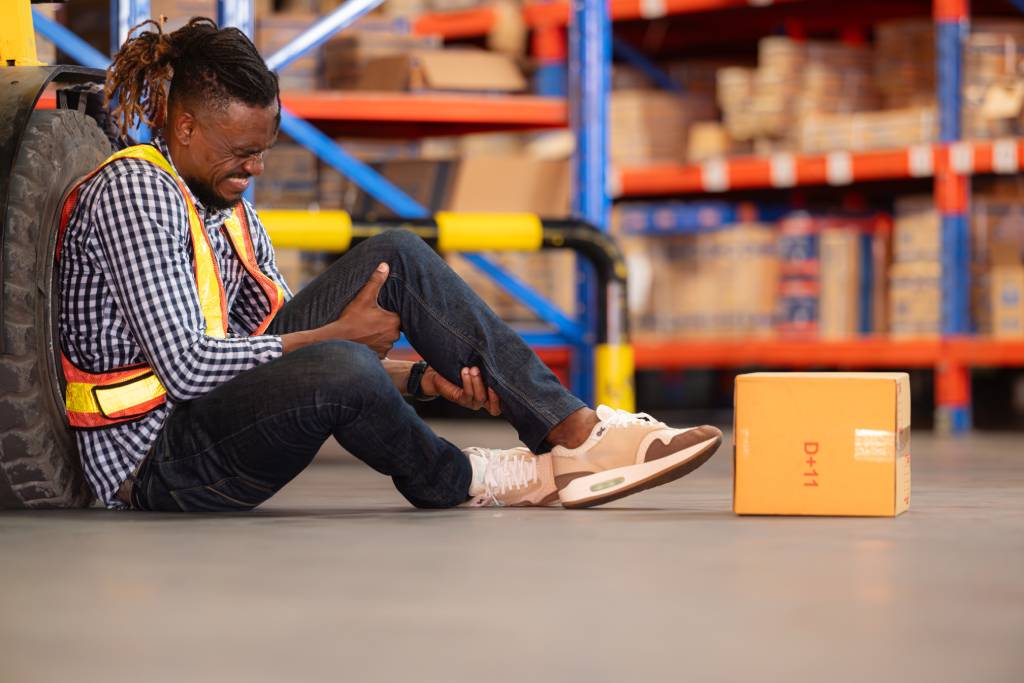When you’re involved in a car accident in California, the evidence you gather can make all the difference in your case. Whether you’re seeking compensation for personal injuries or dealing with vehicle damage, having hard evidence can be the key to proving your claims. Without the right evidence, or if the evidence is missing or altered, it can significantly weaken your case, making it harder to get the outcome you deserve.
In this blog, we’ll explore the importance of car accident evidence, what happens when there is no evidence, and how tampering with evidence can lead to serious legal consequences. Understanding these factors can help you protect your rights and build a strong case in the aftermath of an accident.
The Types of Evidence Crucial in Car Accident Cases
Best Evidence to Use in Car Crash Small Claims Court
When you’re in a car accident, collecting the right evidence is key. Here are the most critical forms of evidence you’ll need:
- Photos and videos from the accident scene: Capture the scene of the accident, the damage to vehicles involved, and any visible injuries. Visual evidence can paint a clear picture of what happened when the accident occurred. Try to take photos from multiple angles, including the road conditions, traffic signs, and the position of the vehicles. This comprehensive approach ensures you have all details covered.
- Police reports: When a police officer arrives at the scene, their report becomes crucial in a car accident claim. This report often includes details like the time of the accident, the vehicles involved, and statements from both parties. It’s an unbiased document that insurance companies and the court trust.
- Witness statements: If there are witnesses at the scene, their testimony can help support your personal injury claim. Witnesses provide an unbiased perspective on what happened. Make sure to gather their contact information so your attorney can follow up for a more detailed account if needed.
- Vehicle damage assessments: After the accident, assessments of the vehicles’ damage can be used as car accident evidence to show the impact’s severity. Getting an expert evaluation helps establish the direct link between the damage and the accident.
These pieces of evidence are essential, especially in small claims court, where the best evidence can significantly impact the outcome of your case. It helps establish the facts and provides a clear picture to the judge about how the accident occurred.
Evidence of an Injury
When you’ve been injured, medical records are some of the strongest pieces of personal injury evidence you can collect. Here’s why:
- Doctor’s notes: These outline the extent of your injuries and the treatment required, making it clear how the accident affected you. Detailed notes from your doctor or healthcare provider provide essential documentation that links your injuries directly to the accident, showing the timeline of your treatment and recovery.
- X-rays and medical scans: Visual evidence like X-rays or MRIs can reveal broken bones, torn ligaments, or other internal injuries that aren’t immediately visible. These scans are powerful pieces of evidence because they offer an objective look at the harm caused by the accident, leaving little room for dispute.
- Ongoing treatment records: If you need long-term care, these records demonstrate the severity and impact of the accident on your health. Physical therapy logs, follow-up visits, and prescriptions all show that your injuries are significant and ongoing. These documents also help calculate future medical costs, supporting your claim for fair compensation.
- Pain journal: Keeping a pain journal where you note daily struggles, physical limitations, and the emotional toll of your injuries can further illustrate how the accident has affected your life. These details give a fuller picture beyond medical records.
By collecting and presenting this evidence, you show how the accident led to your injuries, strengthening your case and supporting your claim for compensation.
Challenges of Missing or Altered Evidence in Car Accident Cases
Car Accident No Evidence: What Happens?
Sometimes, accidents happen without any immediate evidence available, like in hit-and-run cases or when no witnesses are present. Here’s how this can affect your claim:
- Without visual evidence or police reports, proving how the accident occurred becomes challenging.
- In cases where you don’t have witnesses’ testimony, it’s your word against the other party’s, making it tough for a car accident attorney to build a strong case.
Tips for Gathering Evidence When None Seems Available:
- Act quickly: If you’re able, take photos of the scene immediately after the accident.
- Seek out surveillance cameras: Look for nearby businesses or traffic cameras that might have captured the incident.
- Document everything: Keep detailed notes about the accident, the vehicles involved, and the time it occurred.
The Legal Consequences of Altering Evidence
Altering evidence from a car accident scene is a serious offense. Tampering with evidence can have legal consequences, and it can completely undermine your case. Here’s how:
- Falsifying police reports or photos: If caught, this can lead to criminal charges and destroy the credibility of your car accident claim.
- Exaggerating vehicle damage or injuries: While it might seem tempting, this can backfire if insurance companies or investigators discover inconsistencies.
It’s vital to present accurate, honest evidence in personal injury cases. Altering or fabricating evidence not only risks your case but could result in serious legal penalties.
The Bottom Line
In California car accident cases, hard evidence is your strongest ally. From police reports to medical records, collecting the right types of evidence can support your claim and help you seek the compensation you deserve. If you’re ever in an accident, remember the importance of gathering and preserving evidence at the scene. And if you find yourself overwhelmed, consulting with a personal injury lawyer or car accident attorney can make all the difference. They know how to build strong personal injury cases and ensure your rights are protected.



